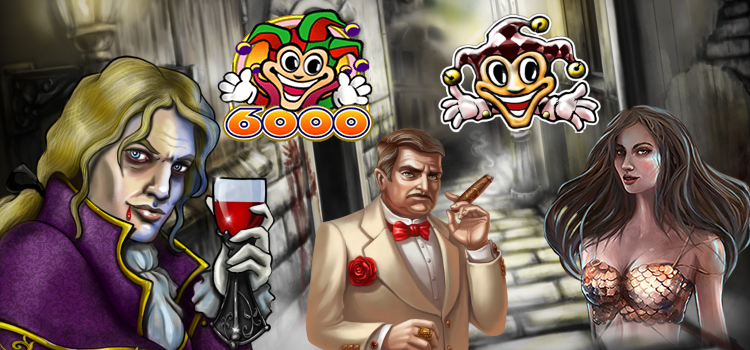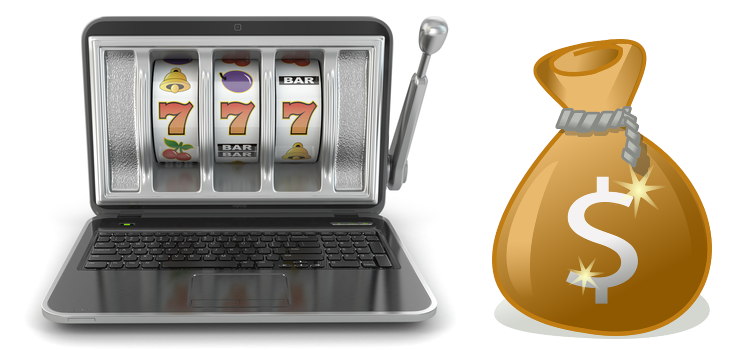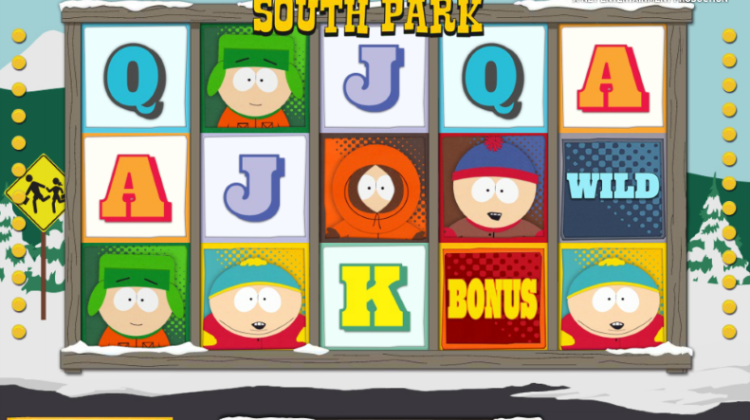If the payoff for a Don’t Pass Odds bet equals the amount of the Flat bet, then the Odds bet is bridged. The part of your Odds bet that’s equal to the Flat bet is placed directly next to the Flat bet. Then, the rest of the Odds bet is placed on top “bridging” them. For example, suppose you make a $5 Don’t Pass bet and the shooter rolls a point of 8. Knowing the true odds for the 8 are 6:5 (i.e., six ways to make a 7, and five ways to make an 8), you then lay $6 in Odds with the hope of winning $5. In this example, if you win the $6 Odds bet, you win $5, which exactly equals the amount you win with your $5 Flat bet (i.e., your $5 flat bet is even money, which means you win $5). Therefore, since your Flat bet and Odds bet win the same amount (i.e., $5 each), you bridge your $6 Odds bet by placing a $5 chip directly next to your $5 Flat bet, and then placing the $1 chip so it bridges the two $5 chips.
If the payoff for a Don’t Pass Odds bet doesn’t equal the amount of the Flat bet, then the Odds bet is heeled. This means you place the bottom chip of your Odds bet chip stack directly next to your Flat bet. Then, place all remaining Odds bet chips on top of that single chip but offset and leaning on that bottom chip (i.e., your Odds bet chip stack is crooked because it’s leaning on the bottom chip).
Confused? That’s okay, don’t get nervous. The dealer is always willing to help if you forget. After a couple of times, it all makes sense. It won’t take long before you’re a pro. If you’re not sure what to do the first time you try it, simply tell the dealer, “I want to lay some Odds but I don’t know if it should be bridged or heeled.” The dealer asks, “How much do you want to lay?” Suppose you say, “Fifteen dollars to win ten.” The dealer asks you to drop your chips on the table (dealers aren’t allowed to take anything, especially chips, directly from a player), and then he properly heels or bridges them based on the amount of your Flat bet. You’ll quickly get the hang of it. Just don’t be afraid to ask the dealer questions. His job is not only to deal, but also to be friendly and help the players.
Now you know! Learn more at http://www.learnthesecrettocraps.com/
By William Enslen Jr
Bill Enslen is a reliability engineer who routinely works with statistics. Having played and analyzed craps for 25 years, he’s compiled his winning secrets in a new eBook, which you can sample at http://www.learnthesecrettocraps.com/











No Comment